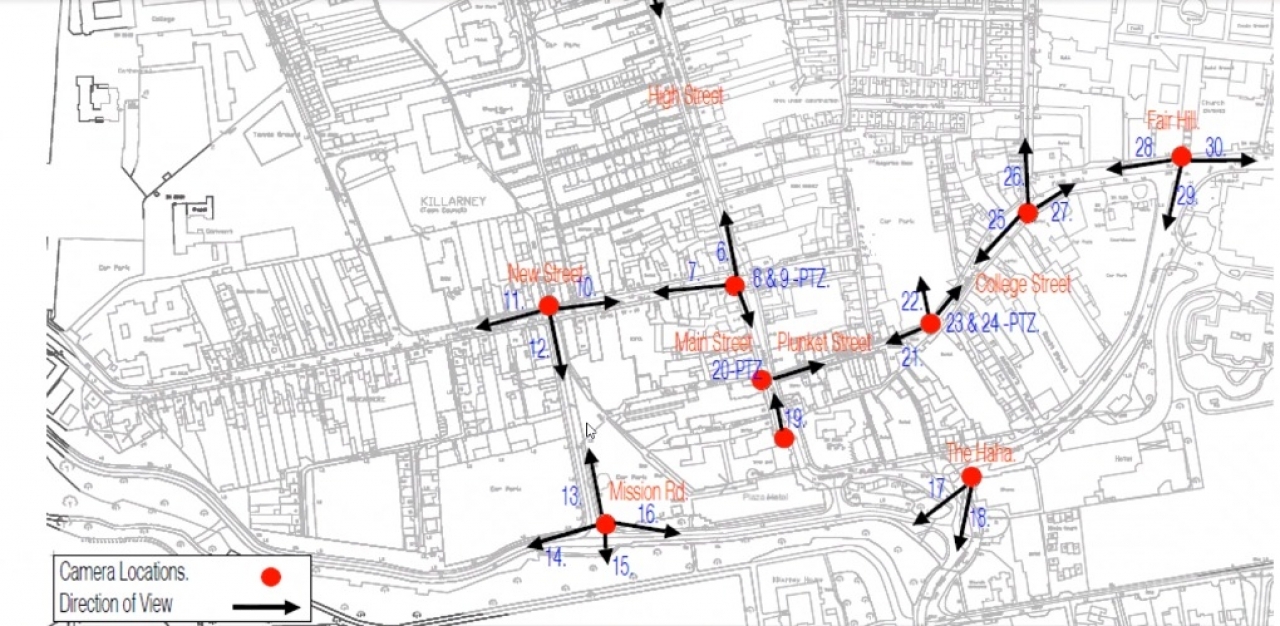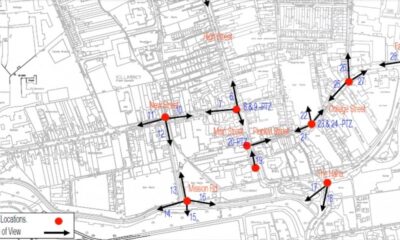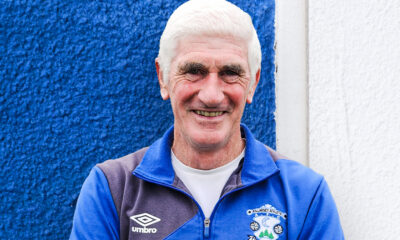News
Some Killarney residents should watch their gardens like hawks
&
A “compelling” case is being made for the intensive use of lands within walking distance of Killarney town for housing. Close to 700 residential units will be needed, according to the draft Killarney Municipal District Plan for the next six years.
For Killarney town, so compelling is the case in the well-put-together, suspiciously cohesive, logically built-up and well-written plan, one wonders if one smells a CPO - a Compulsory Purchase Order?
For instance, we are told up front that the zoning strategy is to “build up critical mass” in the towns and villages of the Killarney area.
We are told that Killarney is the only town to have enjoyed significant growth, going from 13,760 in 2011 to 15,312 in 2016. Although the growth can’t be properly measured because of changes in census boundaries, we are told in another section.
We are told that Killarney has “unique” requirements as a tourist town and that this places significant pressure on local accommodation, in terms of provision and cost.
“In addition to the absence of affordable accommodation, the town requires significant numbers of seasonal workers, which creates extra pressure in terms of the high numbers seeking local accommodation and high rental costs,” it is stated.
The figure of 685 units is mentioned in the context of Killarney’s unique status of being the town with the oldest average age in the nation, thanks, we are told, to all the retirees who move here.
Significant areas of available and serviced land are not being released onto the market, and the proposal now is for almost 70 hectares south of the bypass and north of the Flesk to be zoned for housing. Next to nothing is to be allowed beyond this until houses have gone up in that area.
But the real meat, I suspect, is in the statement that as much as 30 per cent of the new housing will beon “infill or brownfield sites” within the town.
(By the way, there is a lovely howler on page 52, under the section “Housing Land Requirement”, where it states that “a principal tenant” of the approach is a sequential approach to zoning of residential lands, extending outwards from the centre. Nice one!)
But the part that interests me most is this:
“The Local Authority shall facilitate the redevelopment of all backland, infill, vacant and derelict sites throughout the town. It will encourage the construction of well-designed, high-density apartments or residential units subject to achieving a high quality of living accommodation for incoming residents, adequate provision of amenity space and refuse storage.”
Then there is the rather cheeky step of corralling the back gardens of the old houses in New Street, with accompanying map. And statements that New Street is to be” regenerated”.
In this context too, the Mission Road and Beech Road car park will be developed for housing and commercial, it is envisaged.
Green Lane and Pound Lane are other areas where there is plenty of “underutilised rear residential gardens”. Sunnyhill, too, gets a mention in the unused land context.
The “sizeable” gardens in New Street would be developed as “a cohesive unit”, it is envisaged. This is, of course, language for a “new New Street” into the area south and adjoining Beech Road car park.
One thing interests me: with the plans for higher density within the town walls, as it were, what sort of heights are we really talking about? Heights like the Plaza? The Cathedral? The Beech Road apartments? The question of height provokes headaches in Killarney and there are real concerns about infill development. So any kind of gung-ho approach as appears in the new town plan about filling in here, there and everywhere on the basis of great need, warrants very careful scrutiny, it seems to me.
Already a situation is developing where Kerry County Council have opened an enforcement file on the two-storey mews building underway at the back of the West End, one of the town’s oldest buildings. New Street residents complained that windows are going in at the eastern side where they should not go in in the apartment development and will overlook their gardens and privacy and deprive them of light. A warning letter has been issued from the council to the applicants.
And let's face it, this town has not distinguished itself in the development allowed in many of the old lanes.
Back to the draft plan. In the middle of it all, the horseshoe bat gets prime mention in the plan. I can’t understand the horseshoe bat’s import… and have to digress a bit here again. The lesser horseshoe bat gets a whole page to himself. I blinked a bit here. Is this about the jarvey horses and my bad eyesight? No, the lesser horsehoe bat.
Actually, he is actually in good condition we are told. Great! However, he could be disturbed by artificial lighting. Okay! Right!
On a morning where deer - also protected - are hopping in front of motorists and taking up car parking spaces in Beech Road, I would have thought they deserved a mention in a draft plan for their impact on the town, if only to protect humans?
But away from the deer and the bats. If I were a resident of Green and Pound Lanes and Lower New Street, and maybe Sunnyhill, I would be watching my little back garden roost like the proverbial hawk.
Submissions can be made until June 15.
News
Six wins for Gleneagle at the 2025 Irish Hotel Awards
The team at Gleneagle is celebrating a proud moment after scooping six awards at last night’s Irish Hotel Awards, held at The Johnstown Estate in County Meath. The hotel was […]
News
CCTV Scheme for Killarney still on the long finger
The long-promised public CCTV system for Killarney remains stalled, with no start date in sight, despite funding being approved earlier this year. At Monday’s meeting of Kerry County Council, Councillor […]

























